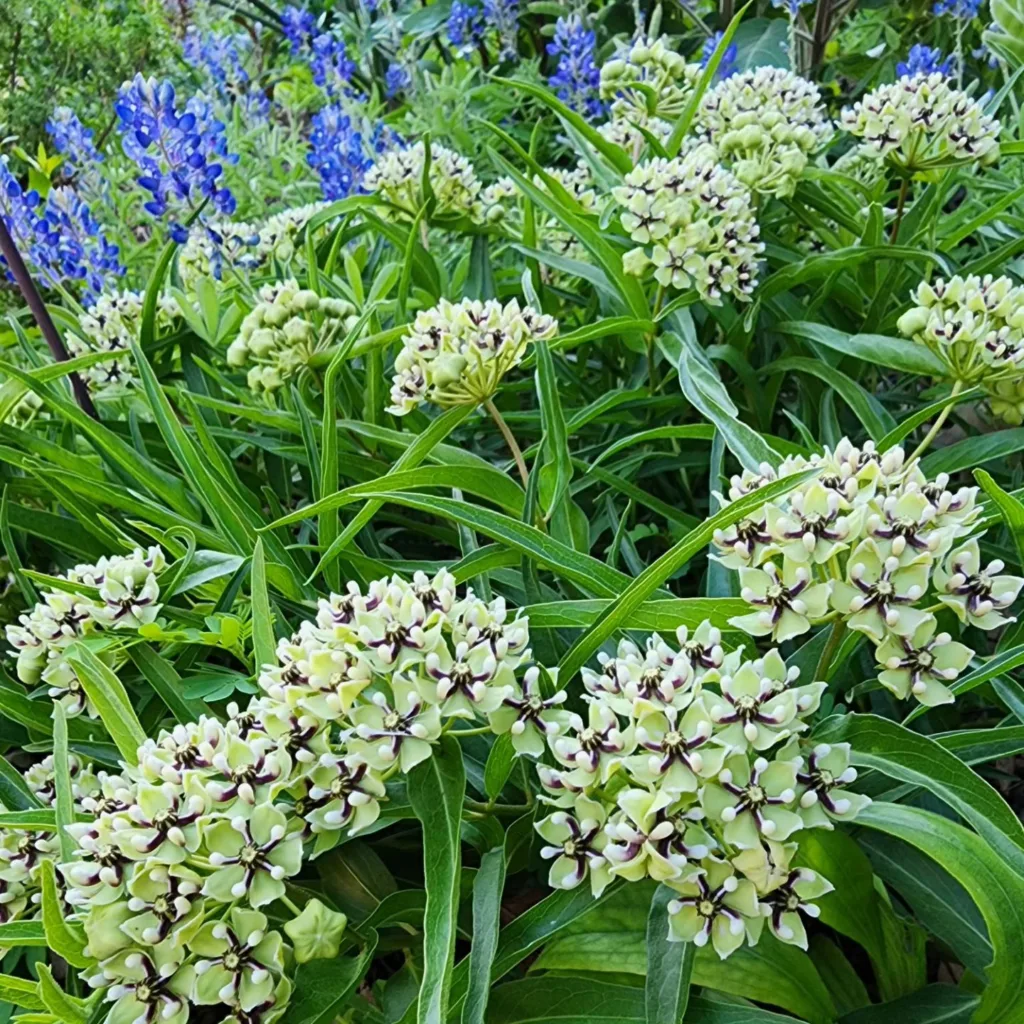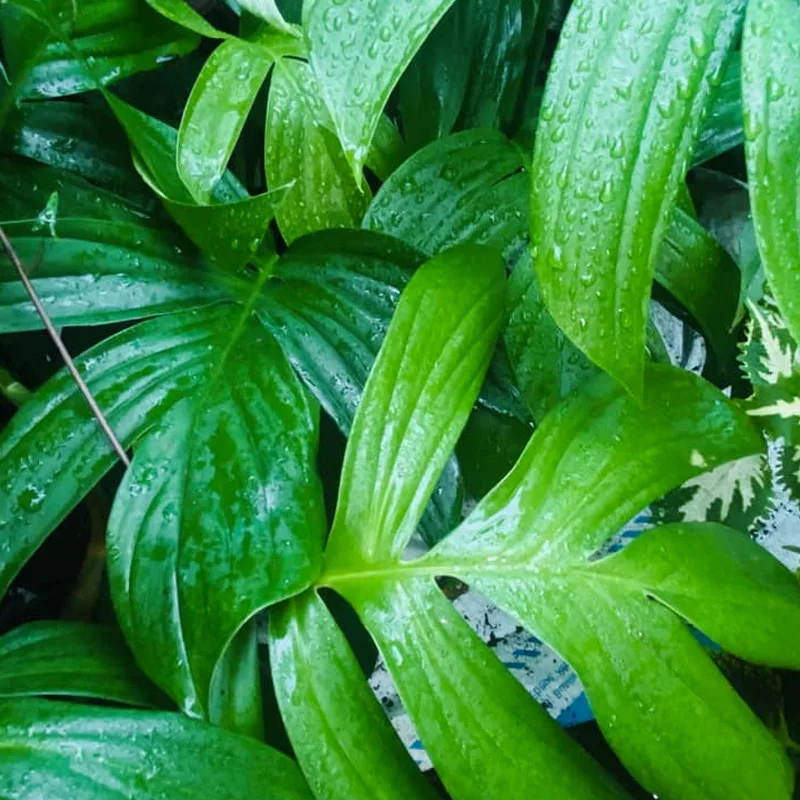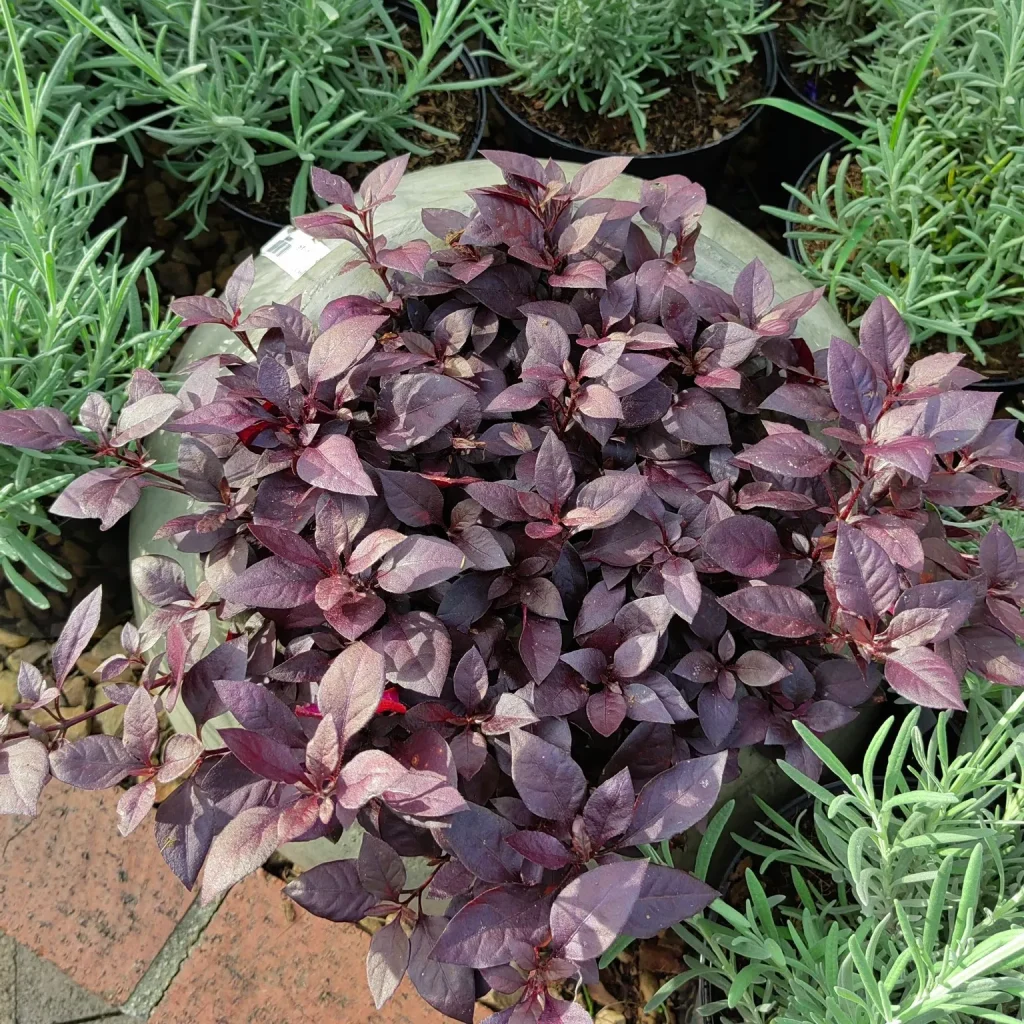Aglaonema Pink Moon: Your Guide to This Easy-Care Beauty
Hi, Ferb Vu here! Today, we’re diving into the world of the Aglaonema Pink Moon, a houseplant that’s as captivating as its name. This stunning Chinese Evergreen boasts vibrant green leaves adorned with delicate pink veins and speckles, resembling a night sky dusted with moonlight.
But beyond its mesmerizing looks, the Pink Moon is a dream for busy plant parents. It thrives in low-light conditions, making it perfect for those dimly lit corners of your home. Plus, its watering needs are minimal, so you won’t have to worry about overwatering woes.
Intrigued? Let’s answer some of the most common questions about this rising star in the houseplant world.
26 Species in Genus Aglaonema
What Makes the Aglaonema Pink Moon Special?
There’s a reason the Pink Moon is gaining so much popularity. Here’s what sets it apart:
- Unique Foliage: The combination of emerald green leaves accented with soft pink creates a truly eye-catching display.
- Low-Light Tolerance: Unlike many plants, the Pink Moon flourishes in indirect light, making it ideal for apartments or rooms with limited natural light.
- Air Purifying: The Pink Moon, like many Aglaonemas, helps remove common toxins from the air, contributing to a healthier indoor environment.
- Easy Care: This low-maintenance plant requires minimal watering and attention, perfect for beginners or those with a busy schedule.
How to care for Aglaonema Pink Moon?
Keeping your Pink Moon happy is a breeze. Here’s what you need to know:
Light: Provide bright, indirect light. Avoid direct sunlight, which can scorch the leaves.
Watering: Water thoroughly when the top inch of soil feels dry to the touch. Allow excess water to drain to prevent root rot.
Soil: Use a well-draining potting mix specifically formulated for houseplants.
Humidity: While the Pink Moon tolerates average humidity levels, it thrives in a slightly more humid environment. Grouping plants together or using a pebble tray filled with water can help increase humidity.
Fertilizer: During the growing season (spring and summer), a balanced fertilizer diluted to half strength can be applied once a month. Avoid fertilizing during winter.
Is the Aglaonema Pink Moon Toxic?
Yes, the Pink Moon, like all Aglaonemas, is mildly toxic to humans and pets if ingested. Keep it out of reach of children and curious animals.
How Big Does the Aglaonema Pink Moon Grow?
On average, the Pink Moon can reach a height of 2-3 feet when mature. However, its growth rate is moderate.
Can I Propagate the Aglaonema Pink Moon?
Absolutely! Stem cuttings or root division can be used to propagate new Pink Moon plants.
Aglaonema Pink Moon vs. Chinese Evergreen:
The Pink Moon is a specific cultivar of the Chinese Evergreen (Aglaonema). While the Pink Moon features pink accents, the traditional Chinese Evergreen typically has solid green leaves.
Aglaonema Pink Moon vs. Dieffenbachia:
Both plants have beautiful variegated foliage. However, the Dieffenbachia has larger leaves and is known for its dramatic white veins. It also has a higher toxicity level than the Pink Moon.
Aglaonema Pink Moon vs. Philodendron:
Philodendrons come in a wide variety of shapes and sizes. Some Philodendrons share similar low-light tolerance with the Pink Moon, but they tend to have a more climbing growth habit.
Conclusion: The Aglaonema Pink Moon – A Perfect Addition to Your Home
The Aglaonema Pink Moon offers a delightful combination of stunning visuals and easy care. Whether you’re a seasoned plant enthusiast or a curious beginner, the Pink Moon makes a fantastic addition to your indoor jungle. With its captivating looks and air-purifying properties, this houseplant brings a touch of nature’s elegance into your home.
So, why not give the Pink Moon a try? It might just become your new favorite low-maintenance companion.
If i die, water my plants!



